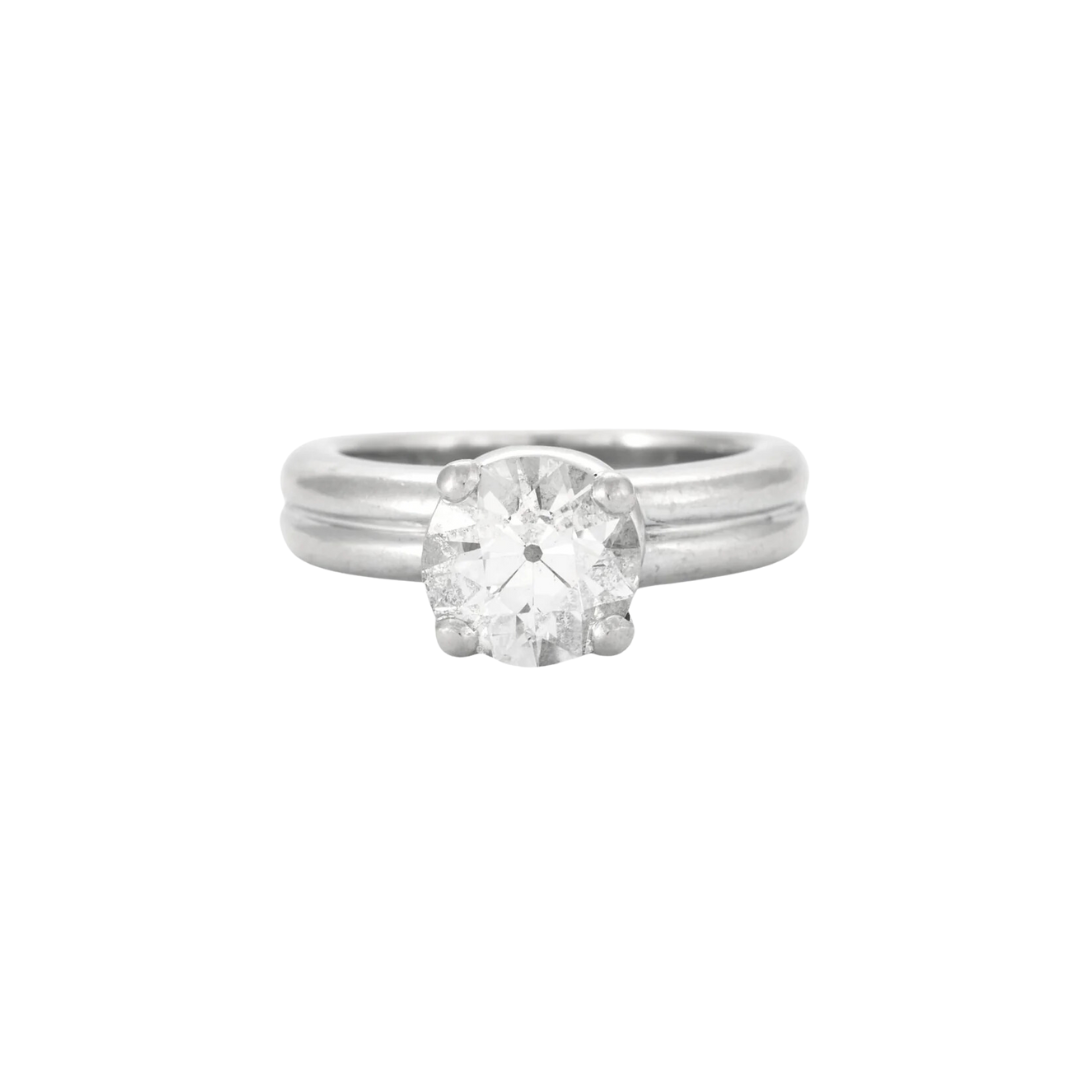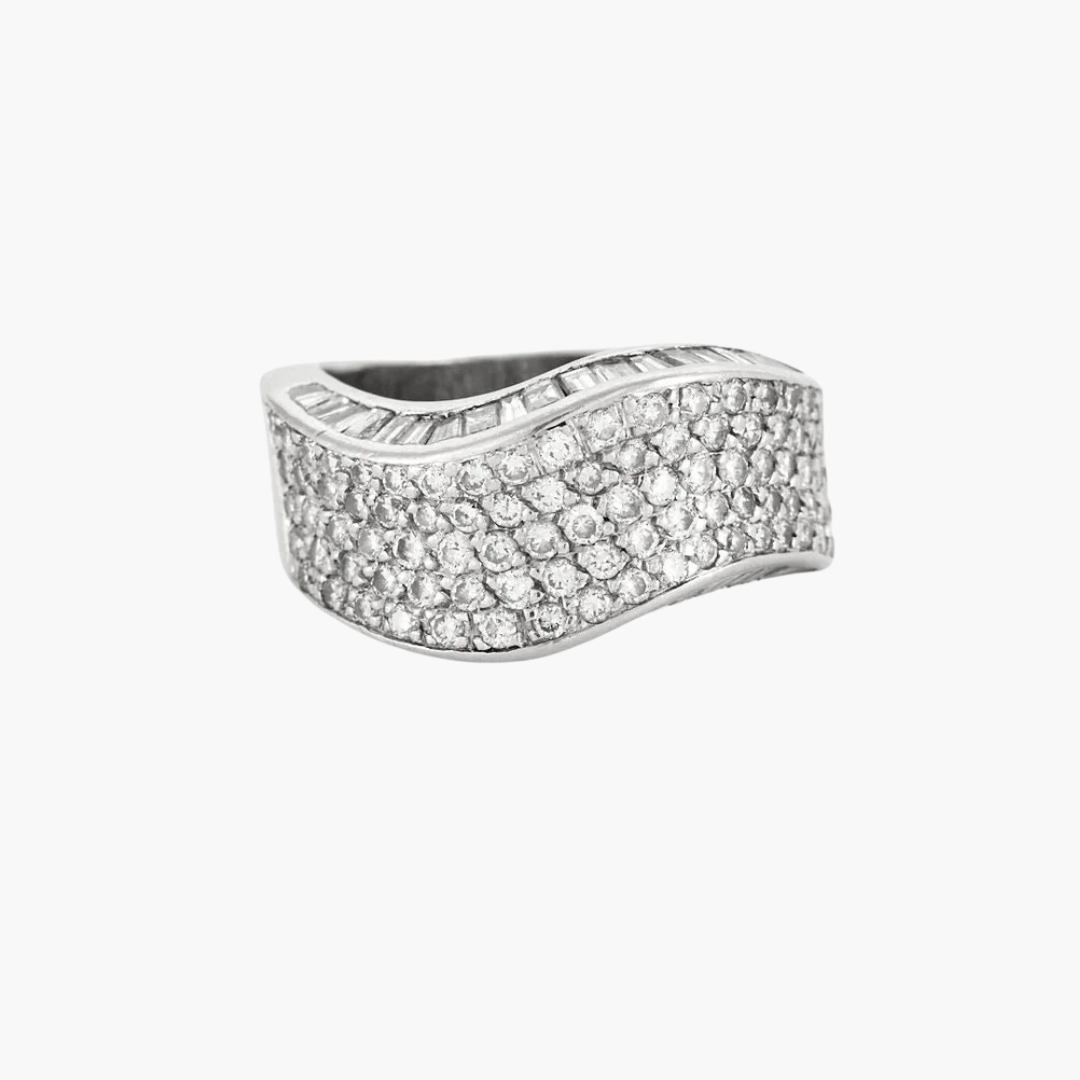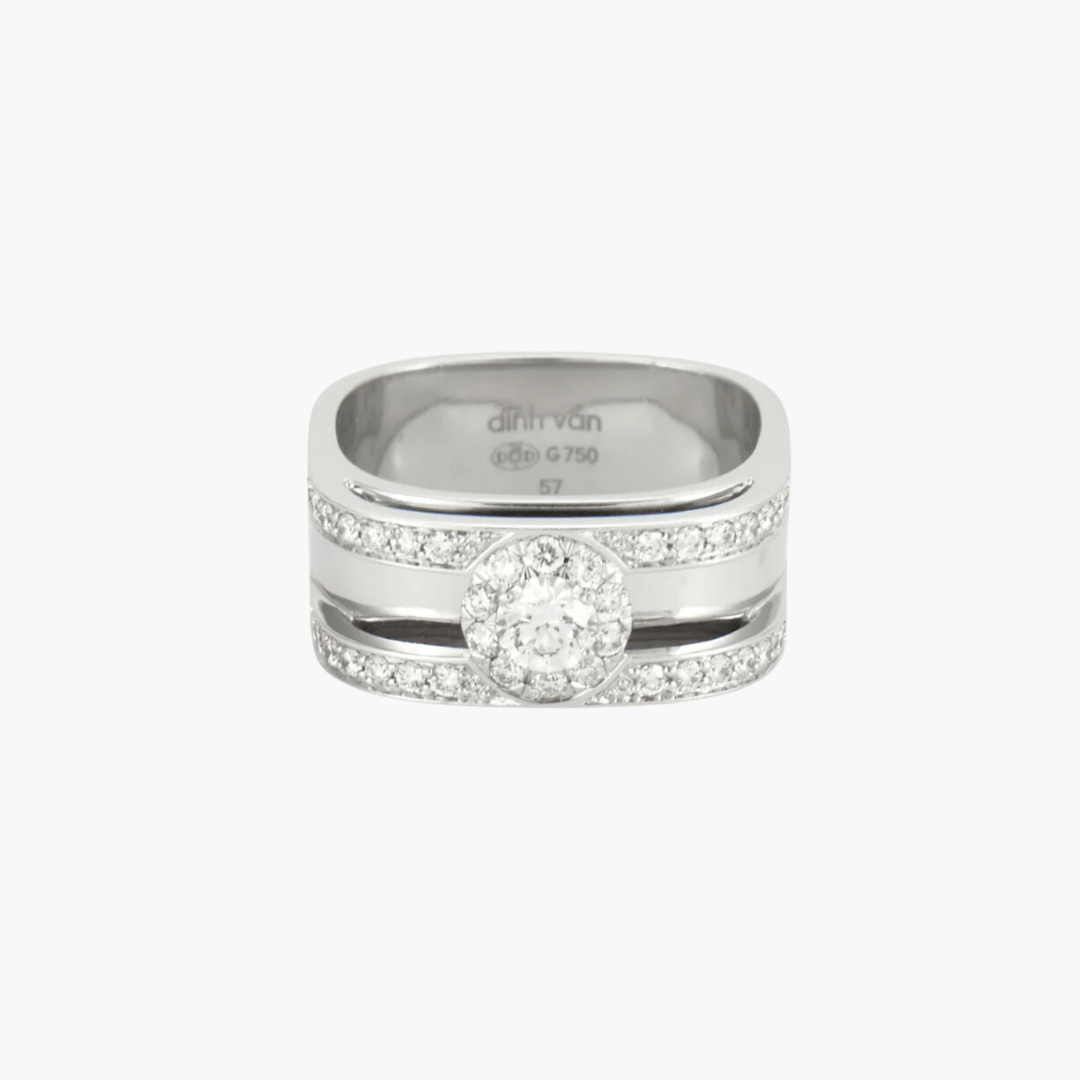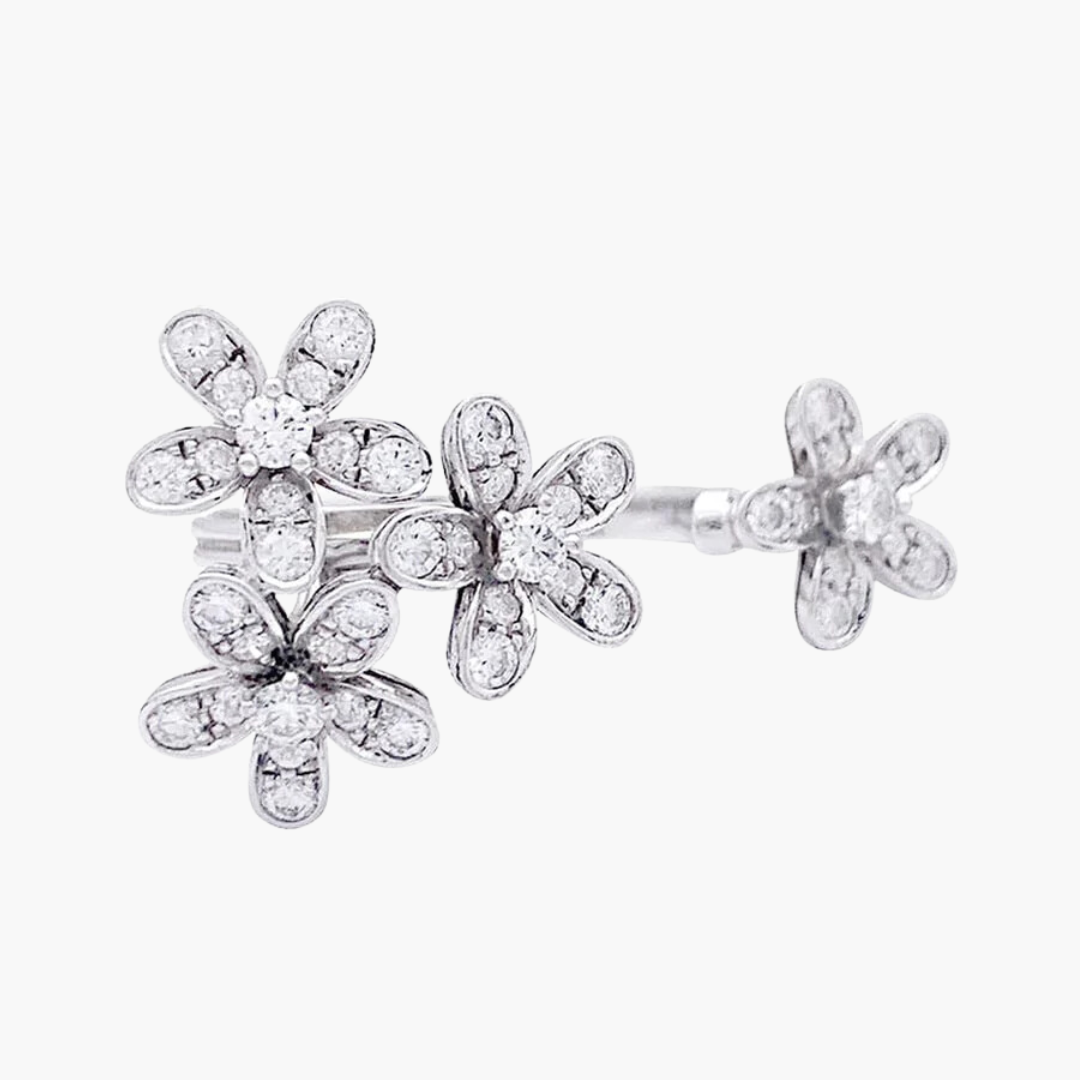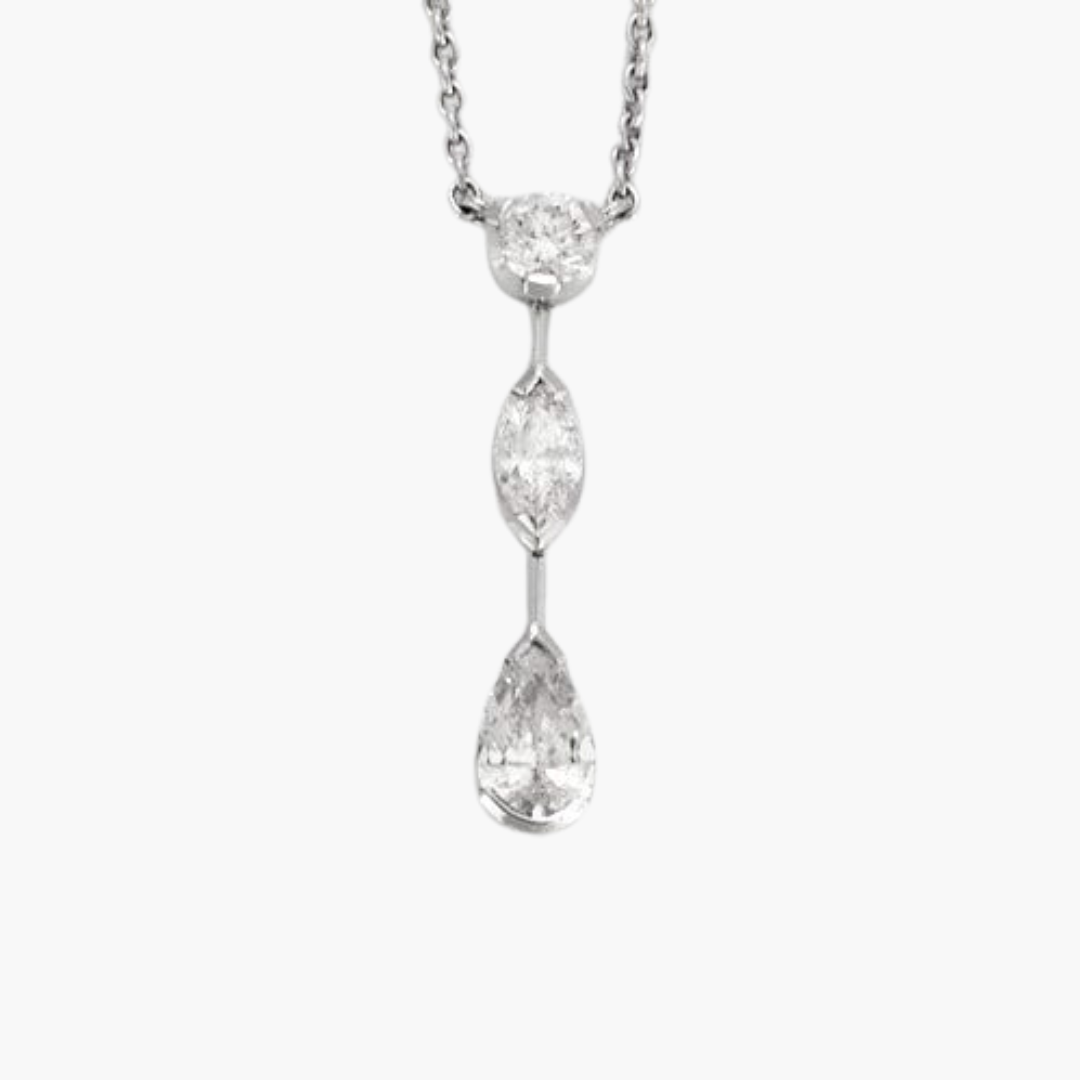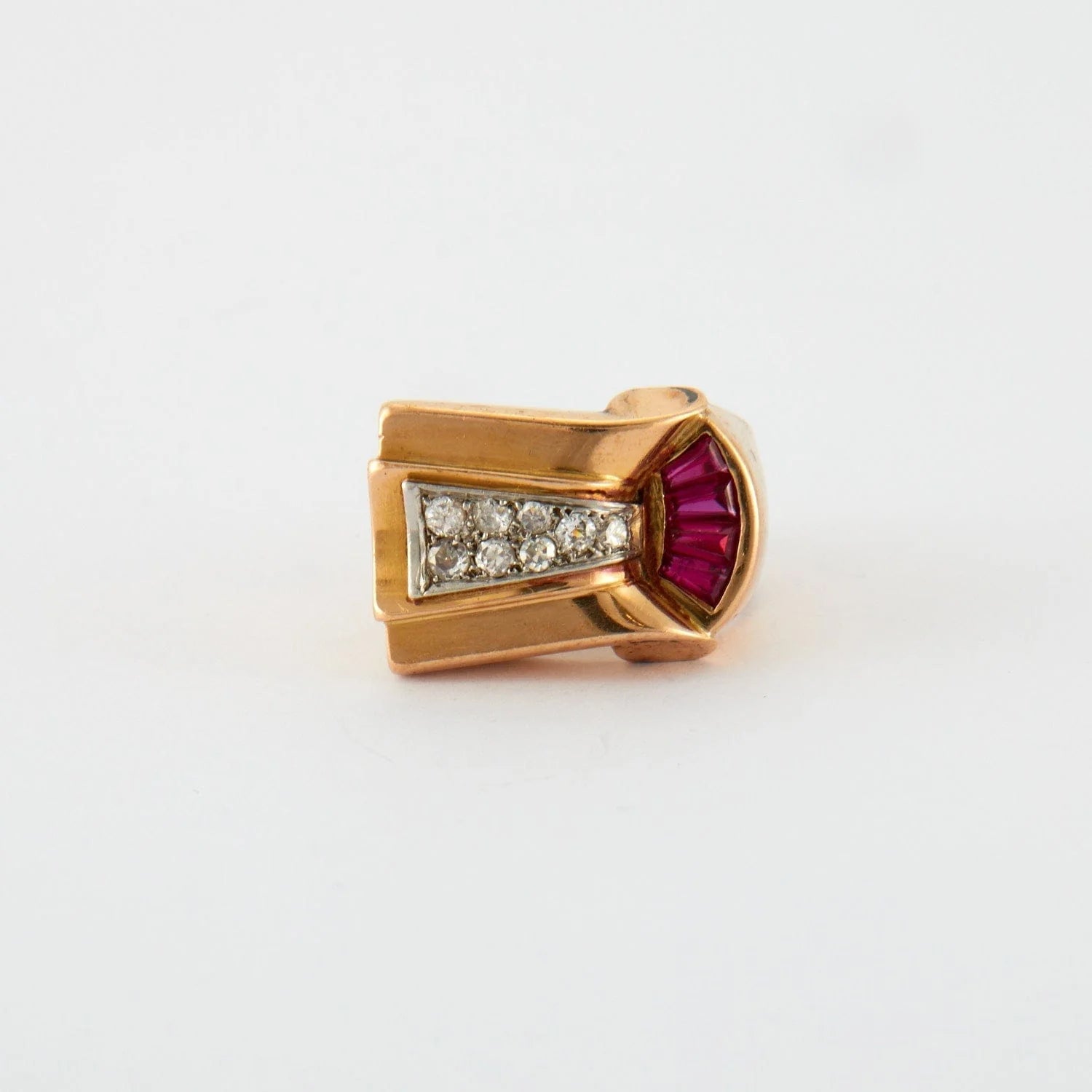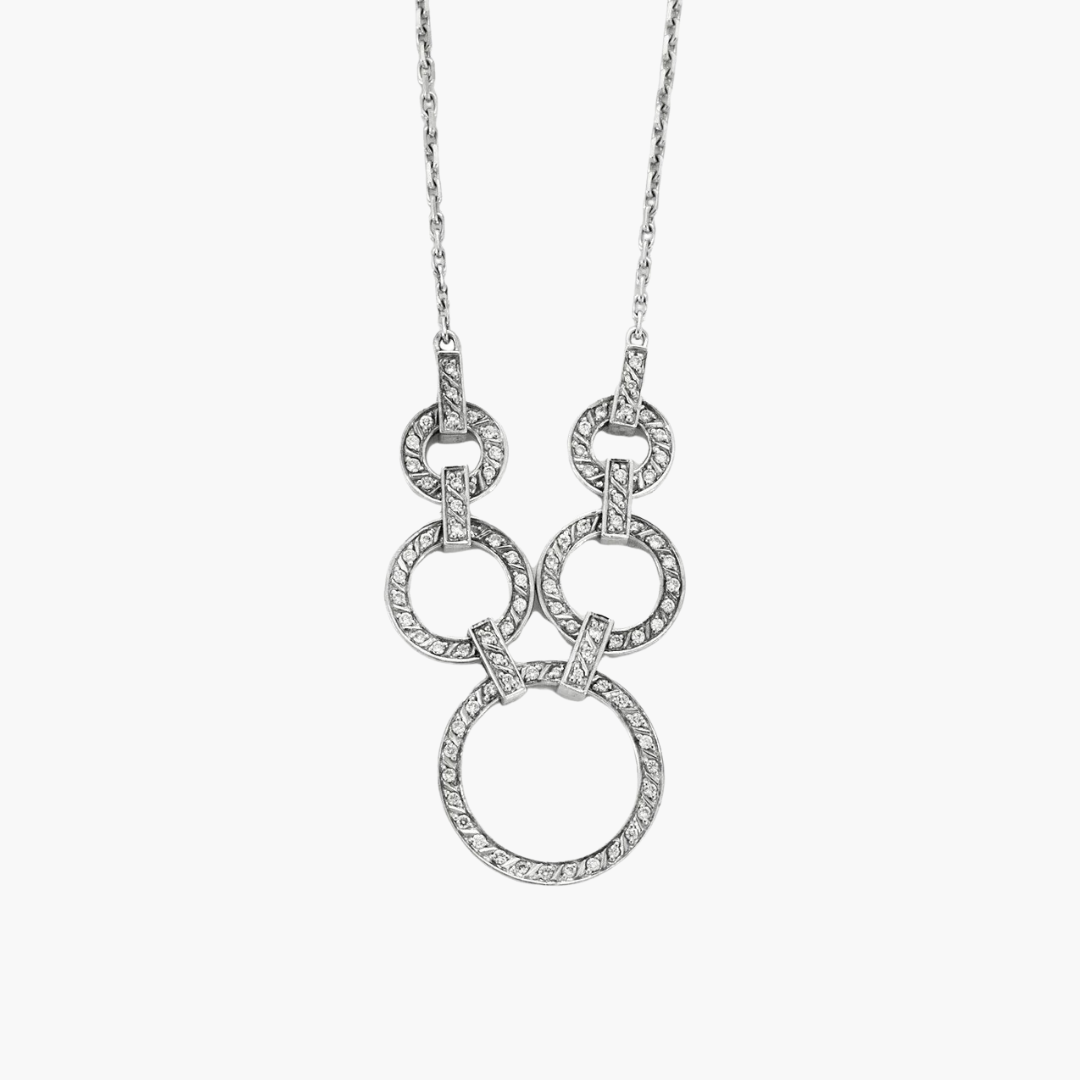- KNOW-HOW AND MATERIALS -
How to choose between a synthetic diamond and a natural diamond?
Everything you need to know about synthetic diamonds
Coming to compete with the natural diamond market, synthetic diamonds raise questions. Since certain jewelry houses have been promoting them, many enthusiasts have been wondering about the differences between natural and synthetic.
What differences in value, investment, use: are synthetic diamonds cheaper than natural diamonds? Is it the same stone or not? How to choose or recognize them? Are they really more eco-responsible, and are synthetic diamonds considered ethical compared to conventionally mined diamonds?
58 Facettes explains these different factors for appreciating synthetic diamonds versus natural diamonds, and advises you on your purchases.
What is a synthetic diamond?
The decision of the Ministry of the Economy on the designation of synthetic or synthetic diamond (updated Decree No. 2002-65 of January 14, 2002 relating to the trade in gemstones and pearls) closes the debate on the terms "laboratory , cultured, raised by man” which were until now also used for this type of diamond. Although this is not, "from a physical point of view", a synthesis (the diamond being formed of only one element, carbon), we can understand the logic of this name by similarity to sapphires and synthetic ruby, in particular.
The synthetic diamond is therefore part of the category of synthetic products whose definition in the context of this decree is "synthetic" for stones which are crystallized or recrystallized products whose manufacturing caused totally or partially by man has been obtained by various processes, whatever they may be, and whose physical, chemical properties and crystalline structure essentially correspond to those of the natural stones they copy.
No other term is now authorized by law.
The properties of synthetic diamond, better than an imitation
The synthetic diamond is neither an imitation nor an artificial product. It is a “real” diamond in the optical, chemical and physical sense.
It is important to understand this distinction to understand the interest and craze for synthetic diamonds.
An imitation is a product that seeks to pass itself off as another: Swarovski crystal imitates diamond is lead glass using a special process, another colorless gem can imitate diamond (leuco-sapphire, rock crystal... ).
An artificial product does not exist in nature and is produced by man for the same purposes of imitation: the most common for diamond are zirconium oxides (or zirconia) and moissanite.
In any case, the characteristics of each of these elements differ from natural diamond even if they try to get closer to it: different refractive index, density and of course hardness, which are not identical.
It is sometimes more complex to distinguish them once the stones are set, but these differences will make it possible to detect that it is not a diamond.
How are synthetic diamonds made?
How to tell the difference between a natural diamond and a synthetic diamond? Essentially through the process of manufacturing a synthetic diamond.
Unlike natural diamonds, formed millions of years ago in extreme conditions of high temperature and pressure more than 150 km below the Earth's surface, synthetic diamonds are produced by recreating these conditions in an environment laboratory controlled.
Two processes exist: the process called chemical vapor deposition (CVD) or the one called high pressure high temperature (HPHT), from a natural diamond “seed”.
The resulting diamond has the same physical, chemical and optical characteristics as a mined diamond. If the rough is immediately identifiable, the stone once cut cannot be differentiated from a natural diamond with the naked eye.
Specific laboratory analyzes will therefore be necessary to confirm the nature of the diamond.
Note that the majority of synthetic diamonds are produced by the CVD process and are type IIa, a type which, in nature, is very rare (less than 2% of natural diamonds).
Since when have synthetic diamonds been found and on what jewelry?
Synthetic diamonds have been on the market for several decades, but their large-scale commercial production has really taken off in recent years.
The first synthetic diamonds were created in the mid-20th century, but they were mainly used for industrial purposes, such as making diamond cutting tools. Only recently have technological advances made it possible to produce high quality synthetic diamonds suitable for use in jewelry, “gem quality”.
Today, these diamonds are commonly used in jewelry of all kinds, including engagement rings (a third of engagement rings sold in the United States were adorned with a synthetic diamond in 2023) and on jewelry with pavé.
They thus offer consumers a financially attractive alternative to natural diamonds.
Is a synthetic diamond cheaper than a natural diamond?
Yes, a synthetic diamond is structurally cheaper than a natural diamond.
One of the most notable advantages of synthetic diamonds over their natural counterparts is their cost. Synthetic diamonds are generally much less expensive than natural diamonds of equivalent quality.
This price difference is largely explained by the controlled and industrial production process, which gains in efficiency and therefore cost over time, unlike the mining and sorting of natural diamonds, which is more random and more expensive.
Finally, the use of other synthetic stones in jewelry, notably sapphire and ruby, give us clues about the evolution of the price of synthetic diamonds, and the recent price evolution is very significant.
What the history of synthetic ruby and sapphire teaches us
Will history repeat itself? At the end of the 30th and beginning of the 50th century, the synthesis of corundums (rubies and sapphires) was carried out by the French chemist Verneuil. A craze for these stones resulting from the genius of man, and often much more beautiful in color and purity than their natural counterparts, is reflected in jewelry from the XNUMXs to the XNUMXs, particularly on “Tank” rings : most of the gems set on this type of jewelry are synthetic stones, very fashionable at that time.
The industrialization of this process (notably used for “sapphire glasses” for watches, because the scratch resistance of sapphire is greater than that of mineral glass) makes the cost of these synthetic corundums very low.
From now on, the value of these jewels of the period is linked to the style and their weight of gold, often significant, but not at all on that of the stones. It is however important to preserve these synthetic stones on this type of jewelry, witnesses of the time and this fashion.
What future for synthetic diamonds?
Will we see the same phenomenon of synthetic rubies and sapphires for synthetic diamonds?
In terms of distribution, the production capacities of the contemporary world are infinitely greater than at the time of the discovery of synthetic sapphire or ruby. It is a safe bet that the synthetic diamond will be used in “fine jewelry”, “fashion jewelry” or even on costume jewelry, which is also a significant qualitative leap for a market segment that was satisfied with diamond imitations ( notably zirconium oxides). Some brands such as Vever or Courbet in France affirm their commitment to stones that do not come from mines. It remains to be observed how these houses will continue to use this material which will adorn jewelry whose target market is jewelry or even fine jewelry.
From our point of view, the challenge will be on know-how and innovation, particularly for Vever which carries in its history and DNA this “disruptive” aspect: at the time, that of Art Nouveau, Henri Vever had dared to highlight non-“noble” materials such as glass or less prized fine stones. The traceability and quality of their synthetic stones will certainly be key, in order to be able to guarantee eco-responsibility that synthetic diamond factories in Asia are undoubtedly not able to ensure.
Evolution of synthetic diamond prices down sharply since 2017
The natural diamond market has experienced cycles with price jumps like in 2008, and more recently during the pandemic, with a jump when it was released in 2021 (+30 to 40%!) due to very high demand.
When the industry succeeds in producing synthetic diamonds of gem quality, the natural diamond industry is shaken by this new entrant which is based on ethical and ecological values.
Young brands that claim to be 100% synthetic diamonds are making this a committed and disruptive selling point while benefiting from this cheaper alternative to natural diamonds. The younger generation is sensitive to this. It is interesting to observe the market shift that has occurred in the United States. This synthetic diamond market competes with the enormous engagement ring sector in North America, and represents nearly $12 billion in 2022 compared to barely $1 billion in 2016 and one in three wedding rings on the American market in 2023. Nearly three-quarters of diamonds placed on the American market are synthetic!
However, if the synthetic diamond was discounted but correlated with that of the natural diamond, the gap continued to increase, going from -20% in 2017 to -75% in 2023. The synthetic diamond market It is now more focused on “Fashion Jewelry” and Swarovski-type jewelry, with natural diamonds having won the battle.
This evolution of the prices of synthetic diamonds over the last five years, marked by a downward trend, can be explained due to the improvement of production techniques and increasing competition on the market and an increase in production (in particular in China which represents in 2021 41% of HPHT production and India 20% of CVD).
Some examples of diamond price differentials (March 2024)
Natural diamond: 1 carat F SI1 Very good size: €6
Synthetic diamond: 1 carat F SI1 Very good size: €3
Synthetic diamond: 1 carat D SI1 Very good size: €3
Natural diamond: 1,09 carat D VVS1 Very good size: €16
It clearly appears that the criterion of rarity, essential in assessing the price of a natural diamond, does not apply to synthetic diamonds, hence a factor of X2 on color F and more than X5 on a color D.
Are synthetic diamonds used as an investment?
When purchasing a diamond, whether natural or synthetic, it is essential to take certain precautions to ensure the quality and value of the stone.
First of all, it is recommended to call on trusted professionals certified in gemology to assess the quality and authenticity of the diamond.
Additionally, it is important to inquire about the specific characteristics of the diamond, such as carat, color, clarity and cut, all of which impact the value of the diamond (for center stones). It is advisable to request a certificate of authenticity and quality (not all laboratories have the same reputation) for stones over 1 carat or of excellent quality, to guarantee the origin and value of the diamond.
Finally, choose between a natural diamond and a synthetic diamond: the different common points and criteria must be taken into account depending on your objectives. If the desire for jewelry to be not only a pleasure but also an investment is part of these criteria, we cannot currently consider that the synthetic diamond has a value on the second-hand market.
Like what synthetic sapphires and rubies have become, and taking into account the orientation towards a more "fancy" market segment, it is quite probable that the decorrelation of the price of synthetic diamond and that of natural diamond is confirmed.
The jewelry adorned with it will therefore be appreciated by other elements (brand awareness, manufacturing know-how, other materials) but not the value of the synthetic diamond.
Discover our collections of jewelry adorned with diamonds: here
READ OTHER ARTICLES
